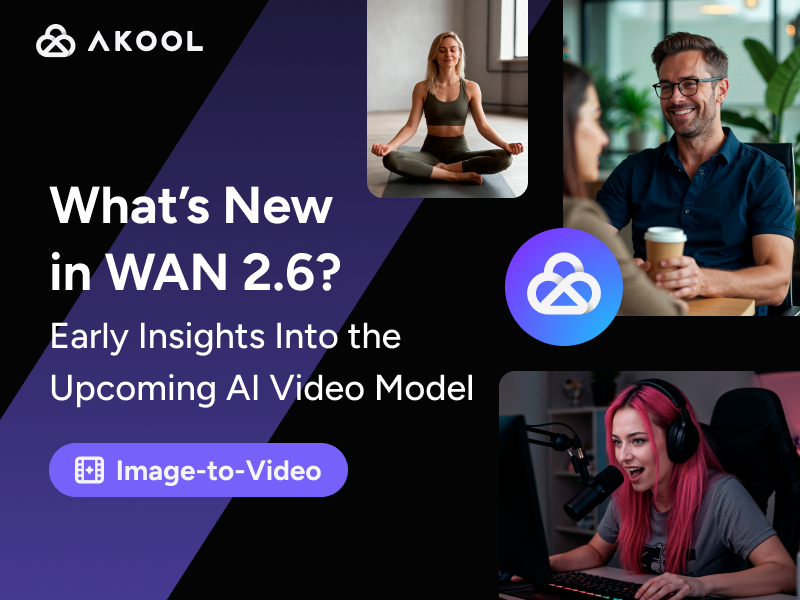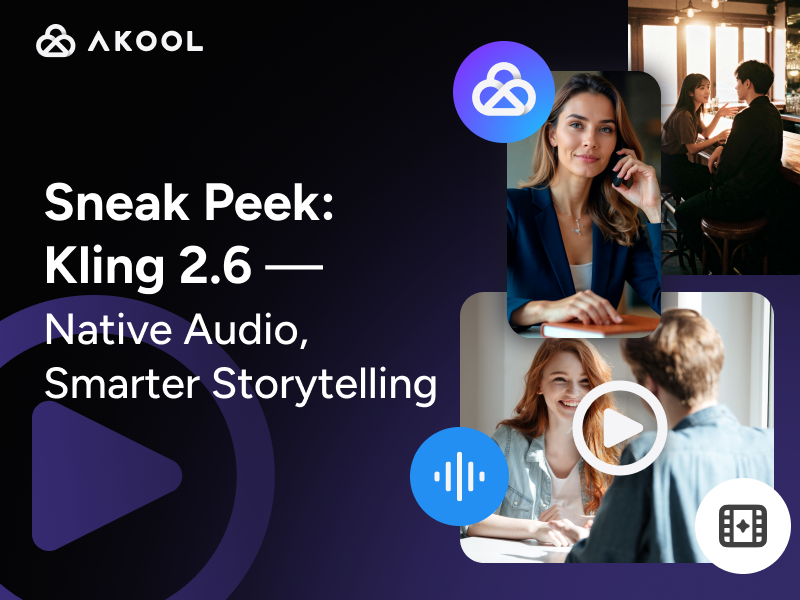Introduction to AI for Workforce Planning
AI for workforce planning leverages algorithms and data analysis to optimize resource allocation and scheduling. This approach enhances capacity planning, skills matching, and forecasting future workforce needs. By utilizing predictive analytics, AI can identify patterns and trends, helping creative agencies efficiently manage talent and project timelines. Key capabilities include automated scheduling, demand forecasting, and talent optimization, transforming workforce management into a more agile and data-driven process.
How to Use AI for Workforce Planning
Using AI for workforce planning involves several key steps and capabilities that can transform how creative agencies manage their teams. Here's a breakdown of how to leverage AI effectively:
Key Definitions
- Workforce Planning: The strategic process of forecasting and managing current and future staffing needs to ensure the right talent is in place at the right time.
- AI Algorithms: Computational models that use data to identify patterns, predict outcomes, and make decisions.
Capabilities of AI in Workforce Planning
Predictive Analytics: Analyzes historical data to predict future workforce needs, allowing for proactive planning.
Skill Matching Algorithms: Uses AI to align employee skills with project requirements, enhancing team performance.
Automated Scheduling: Employs algorithms to create efficient work schedules, reducing conflicts and downtime.
Demand Forecasting: Anticipates staffing needs based on market trends and past data, ensuring resource availability.
Steps to Implement AI in Workforce Planning
- Data Collection:
Gather historical workforce data, including project timelines, employee skills, and performance metrics.
Choose the Right AI Tools:
Select AI platforms that specialize in workforce analytics and offer features like predictive modeling and automated scheduling.
Data Analysis:
Use AI to analyze the collected data, identifying patterns that can forecast staffing needs and skill gaps.
Integration:
Integrate AI tools with existing HR and project management systems for seamless data flow and improved decision-making.
Continuous Monitoring:
- Regularly update data inputs and monitor AI predictions to refine accuracy and adapt to changing workforce dynamics.
Useful Formulas
- Workforce Demand Forecasting: [ \text{Future Demand} = \text{Current Demand} \times (1 + \text{Growth Rate}) ] This formula helps in estimating the number of employees needed in the future based on current demand and expected growth.
| Step | Description |
|---|---|
| 1. Data Collection | Gather historical workforce data, including project timelines, employee skills, and performance metrics. |
| 2. Choose AI Tools | Select AI platforms that specialize in workforce analytics and offer features like predictive modeling and automated scheduling. |
| 3. Data Analysis | Use AI to analyze the collected data, identifying patterns that can forecast staffing needs and skill gaps. |
| 4. Integration | Integrate AI tools with existing HR and project management systems for seamless data flow and improved decision-making. |
| 5. Continuous Monitoring | Regularly update data inputs and monitor AI predictions to refine accuracy and adapt to changing workforce dynamics. |
By following these steps and utilizing AI capabilities, creative agencies can enhance their workforce planning processes, ensuring they remain agile and competitive in a rapidly changing market.
Applications of AI for Workforce Planning
AI for workforce planning is revolutionizing how creative agencies manage their talent. Here are some key applications:
Talent Matching: AI algorithms analyze skills and project requirements to match the right talent with the right projects, optimizing team performance.
Demand Forecasting: Predict future staffing needs by analyzing historical data and market trends, ensuring you have the right resources at the right time.
Skill Gap Analysis: Identify skills shortages within your team and recommend training or hiring strategies to address these gaps.
Scheduling Optimization: Automate scheduling to maximize productivity and reduce downtime, ensuring projects are completed efficiently.
These applications enhance decision-making, streamline processes, and improve overall workforce efficiency in creative industries. AI in Talent Acquisition is particularly useful for identifying and recruiting the right candidates.
| Application | Benefit |
|---|---|
| Talent Matching | Optimizes team performance by aligning skills with project needs. |
| Demand Forecasting | Ensures timely resource allocation based on predicted needs. |
| Skill Gap Analysis | Identifies and addresses skills shortages effectively. |
| Scheduling Optimization | Maximizes productivity and minimizes downtime. |
Technical Insights into AI for Workforce Planning
AI for workforce planning employs advanced algorithms and data analysis to streamline resource allocation and scheduling. Below are key technical elements:
Predictive Analytics: Utilizes machine learning models to analyze historical data, recognizing patterns that forecast future workforce requirements.
Skill Matching Algorithms: Leverages natural language processing (NLP) and databases of employee skills to align team members with appropriate projects.
Capacity Planning Models: Implements quantitative models to assess current workforce capacity and predict future demands, ensuring optimal resource utilization.
Automated Scheduling Tools: Uses optimization algorithms to create efficient schedules that maximize workforce productivity and minimize conflicts.
Demand Forecasting: Applies time-series analysis and regression models to anticipate staffing needs, integrating real-time market data for accuracy.
These technical components enable a dynamic and data-driven approach to workforce management, enhancing both efficiency and adaptability. By integrating these AI technologies, organizations can transform traditional workforce planning into a proactive and strategic operation. More insights can be found in the AI Recruiting Tools section.
Statistics on AI for Workforce Planning
To understand the impact and utility of AI in workforce planning, it's essential to consider recent statistics that highlight its transformative potential. Here are some pertinent figures:
Adoption Rate: As of 2023, approximately 48% of large organizations have implemented AI-driven solutions for workforce planning. This indicates a growing trend towards leveraging AI to enhance decision-making and optimize human resources. The adoption rate is expected to increase as more companies recognize the benefits of AI in strategic workforce management.
Efficiency Gains: Companies utilizing AI for workforce planning report efficiency gains of up to 30% in scheduling and resource allocation. These improvements stem from AI's ability to process vast amounts of data and predict staffing needs accurately, reducing the time and resources spent on manual planning.
Cost Reduction: On average, businesses experience a 15-20% reduction in labor costs through the implementation of AI in workforce planning. This is achieved by optimizing staff levels, minimizing overtime, and improving productivity through better resource management.
Employee Satisfaction: Surveys indicate a 25% increase in employee satisfaction in organizations using AI for workforce management. AI systems help create more balanced workloads and improve work-life balance, leading to higher employee morale and retention rates.
These statistics underscore the transformative role AI plays in workforce planning. By enhancing efficiency, reducing costs, and improving employee satisfaction, AI-driven workforce planning tools are becoming indispensable for modern organizations. For creators, developers, and creative agencies, leveraging these tools can lead to more strategic project planning, ensuring optimal resource allocation and improved project outcomes.
FAQ: AI for Workforce Planning
What is AI for workforce planning?
AI for workforce planning refers to the use of artificial intelligence technologies to optimize the management and allocation of human resources. It involves analyzing data to forecast staffing needs, improve employee productivity, and enhance overall workforce efficiency.
How can AI improve workforce planning?
AI can improve workforce planning by providing data-driven insights that help in predicting future hiring needs, identifying skill gaps, and optimizing scheduling. It enables businesses to make informed decisions about talent acquisition and management.
What are the benefits of using AI in workforce management?
The benefits of using AI in workforce management include increased efficiency, reduced costs, enhanced employee satisfaction, and better alignment of workforce capabilities with business goals. AI tools can automate repetitive tasks, allowing HR professionals to focus on strategic initiatives.
How does AI help in identifying skill gaps in the workforce?
AI analyzes employee performance data, training records, and job requirements to identify skill gaps. It can recommend targeted training programs and suggest internal mobility opportunities to bridge these gaps, ensuring that the workforce is well-equipped to meet future challenges. Consider exploring Predictive HR Analytics for more in-depth analysis.
Can AI assist in workforce forecasting and scheduling?
Yes, AI can assist in workforce forecasting and scheduling by analyzing historical data and current trends. It can predict future staffing needs, optimize shift schedules, and ensure that the right number of employees with the right skills are available at the right time.
What role does AI play in talent acquisition and recruitment?
AI plays a significant role in talent acquisition and recruitment by automating candidate screening, assessing resumes, and matching candidates to job openings based on skills and experience. It helps streamline the recruitment process and improve the quality of hires. The use of AI Resume Screening is particularly beneficial in this area.
Is AI in workforce planning suitable for small businesses?
AI in workforce planning is suitable for businesses of all sizes, including small businesses. By leveraging AI tools, small businesses can gain insights into workforce trends, optimize resource allocation, and improve overall operational efficiency without the need for large HR teams.
How secure is the data used in AI workforce planning tools?
Data security is a top priority for AI workforce planning tools. These tools employ advanced encryption methods and comply with industry standards and regulations to ensure that sensitive employee data is protected and privacy is maintained.




